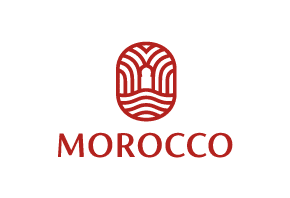Bali sees bright future in village tourism

Bali’s Ecotourism Village Network (JED) is optimistic about the prospect of community-based tourism, which relies on the authenticity of Bali as its main attraction.
In spite of generating a lower income compared to mass tourism, this concept is considered a good way to facilitate equal development across all the island’s regencies.
I Gede Made Astana Jaya, manager of the network established 10 years ago, said that the villages earned more than half of the total revenue from the tourism businesses, while the remaining revenue was allocated to marketing, development and operational costs.
"Every year, the villages earn a higher income and most of the money goes to them directly," said the man responsible for managing reservations.
JED was initiated by four villages on the island, each with its own characteristics. The four villages are Sibetan, famous for its salak (snake fruit); Tenganan, an old Balinese village in Karangasem regency; Pelaga in Badung, well known for its coffee; and Nusa Ceningan in Klungkung, a major producer of the seaweed abundant on the 306-hectare islet.
Pelaga boasts 242 hectares of organic coffee plantation in Kiadan hamlet, while Sibetan has 145 hectares of salak plantations in Dukuh hamlet.
The tourism businesses in the villages were managed on a cooperative basis that enabled every villager to be a shareholder, Astana said.
He explained further that another positive thing with community-based tourism was most of the visitors made direct reservations with JED management, through the network’s website jed.or.id, which provided detailed routes and prices for tour packages.
Upon their arrival, tourists would be escorted by local guides to the villagers’ homes that had been made into suitable accommodation facilities.
The tourists could also arrange tours of their own interests and discuss this with the local guides.
The network’s data showed that the top three markets for village tourism were Australia, the US and France.
The data also revealed that the favorite destination was Pelaga, with its organic coffee farms stretching across green hills.
To maintain high standards — rather than yield to mass tourism — the number of visitors was limited to 10 people per day, or 300 per month.
In addition to providing a direct impact on the local people, the concept also offers tourists a good opportunity to glimpse real Balinese life.
Valere Tjolle
Green tourism growth agenda report special offer HERE
Latest Sustainable Tourism Report gets Rave Reviews, GET FREE EXECUTIVE SUMMARY AND REVIEW OFFER HERE
 United Kingdom
United Kingdom United States
United States Asia Pacific
Asia Pacific












































Dozens fall ill in P&O Cruises ship outbreak
Turkish Airlines flight in emergency landing after pilot dies
Boy falls to death on cruise ship
Unexpected wave rocks cruise ship
Woman dies after going overboard in English Channel